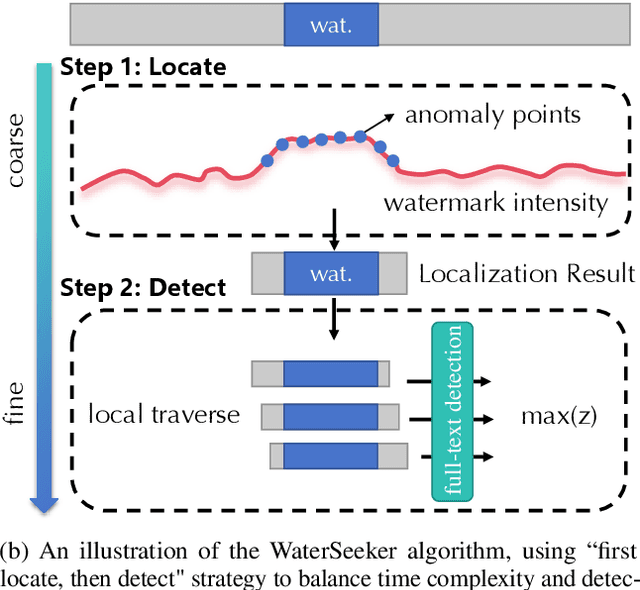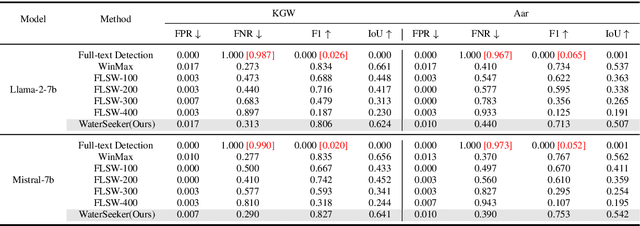Yichen Di
Transolver++: An Accurate Neural Solver for PDEs on Million-Scale Geometries
Feb 04, 2025Abstract:Although deep models have been widely explored in solving partial differential equations (PDEs), previous works are primarily limited to data only with up to tens of thousands of mesh points, far from the million-point scale required by industrial simulations that involve complex geometries. In the spirit of advancing neural PDE solvers to real industrial applications, we present Transolver++, a highly parallel and efficient neural solver that can accurately solve PDEs on million-scale geometries. Building upon previous advancements in solving PDEs by learning physical states via Transolver, Transolver++ is further equipped with an extremely optimized parallelism framework and a local adaptive mechanism to efficiently capture eidetic physical states from massive mesh points, successfully tackling the thorny challenges in computation and physics learning when scaling up input mesh size. Transolver++ increases the single-GPU input capacity to million-scale points for the first time and is capable of continuously scaling input size in linear complexity by increasing GPUs. Experimentally, Transolver++ yields 13% relative promotion across six standard PDE benchmarks and achieves over 20% performance gain in million-scale high-fidelity industrial simulations, whose sizes are 100$\times$ larger than previous benchmarks, covering car and 3D aircraft designs.
WaterSeeker: Efficient Detection of Watermarked Segments in Large Documents
Sep 08, 2024



Abstract:Watermarking algorithms for large language models (LLMs) have attained high accuracy in detecting LLM-generated text. However, existing methods primarily focus on distinguishing fully watermarked text from non-watermarked text, overlooking real-world scenarios where LLMs generate only small sections within large documents. In this scenario, balancing time complexity and detection performance poses significant challenges. This paper presents WaterSeeker, a novel approach to efficiently detect and locate watermarked segments amid extensive natural text. It first applies an efficient anomaly extraction method to preliminarily locate suspicious watermarked regions. Following this, it conducts a local traversal and performs full-text detection for more precise verification. Theoretical analysis and experimental results demonstrate that WaterSeeker achieves a superior balance between detection accuracy and computational efficiency. Moreover, WaterSeeker's localization ability supports the development of interpretable AI detection systems. This work pioneers a new direction in watermarked segment detection, facilitating more reliable AI-generated content identification.
 Add to Chrome
Add to Chrome Add to Firefox
Add to Firefox Add to Edge
Add to Edge